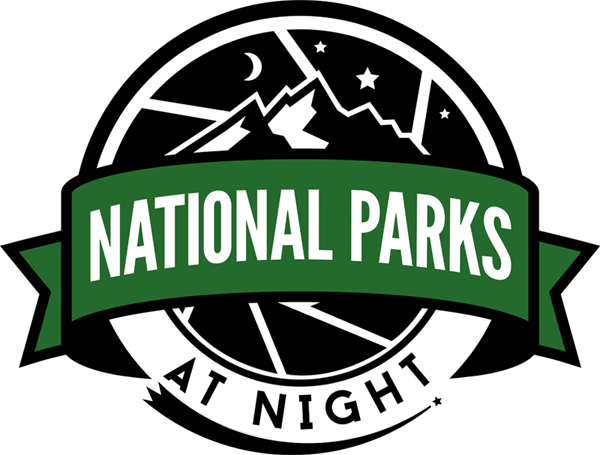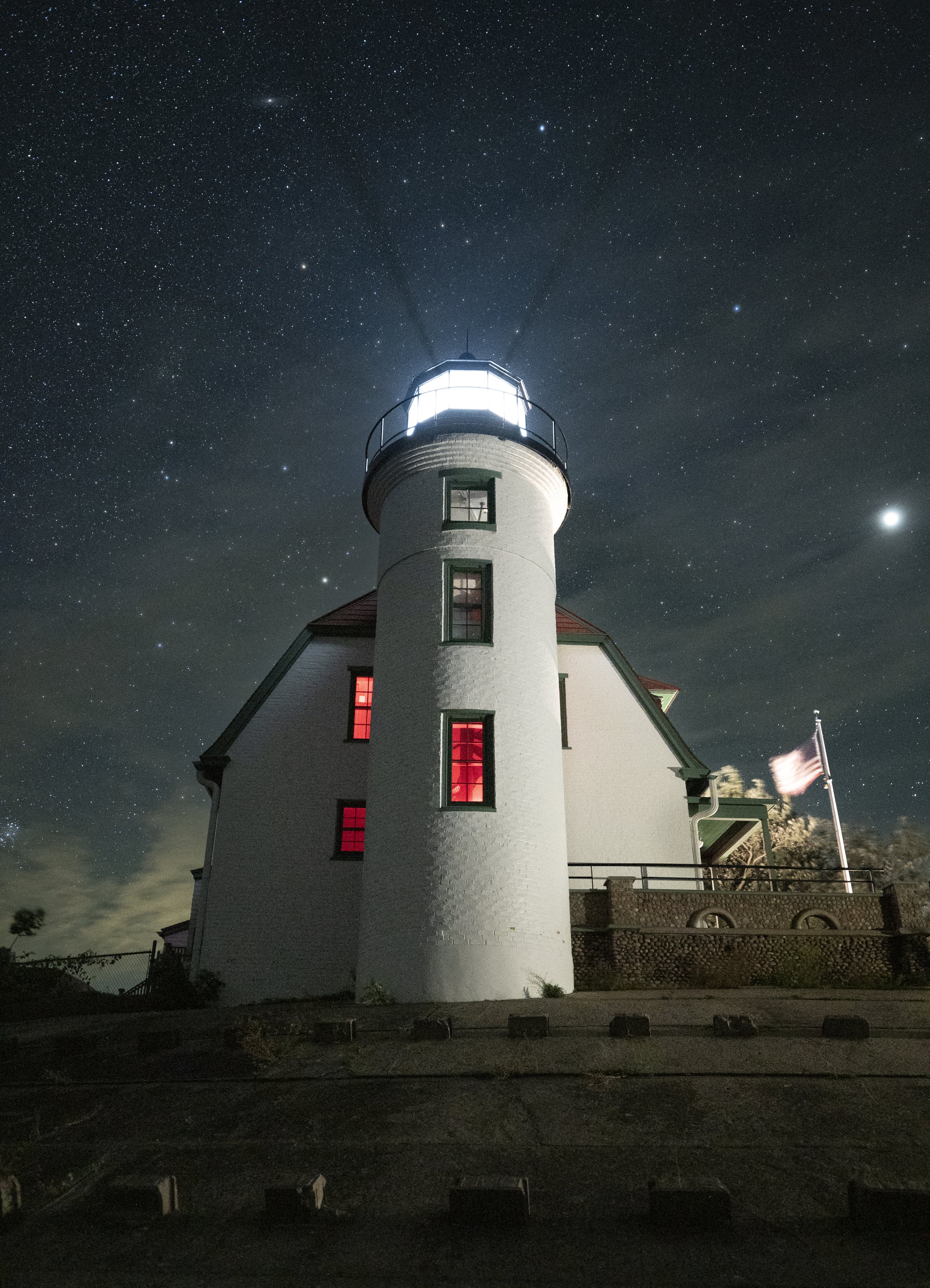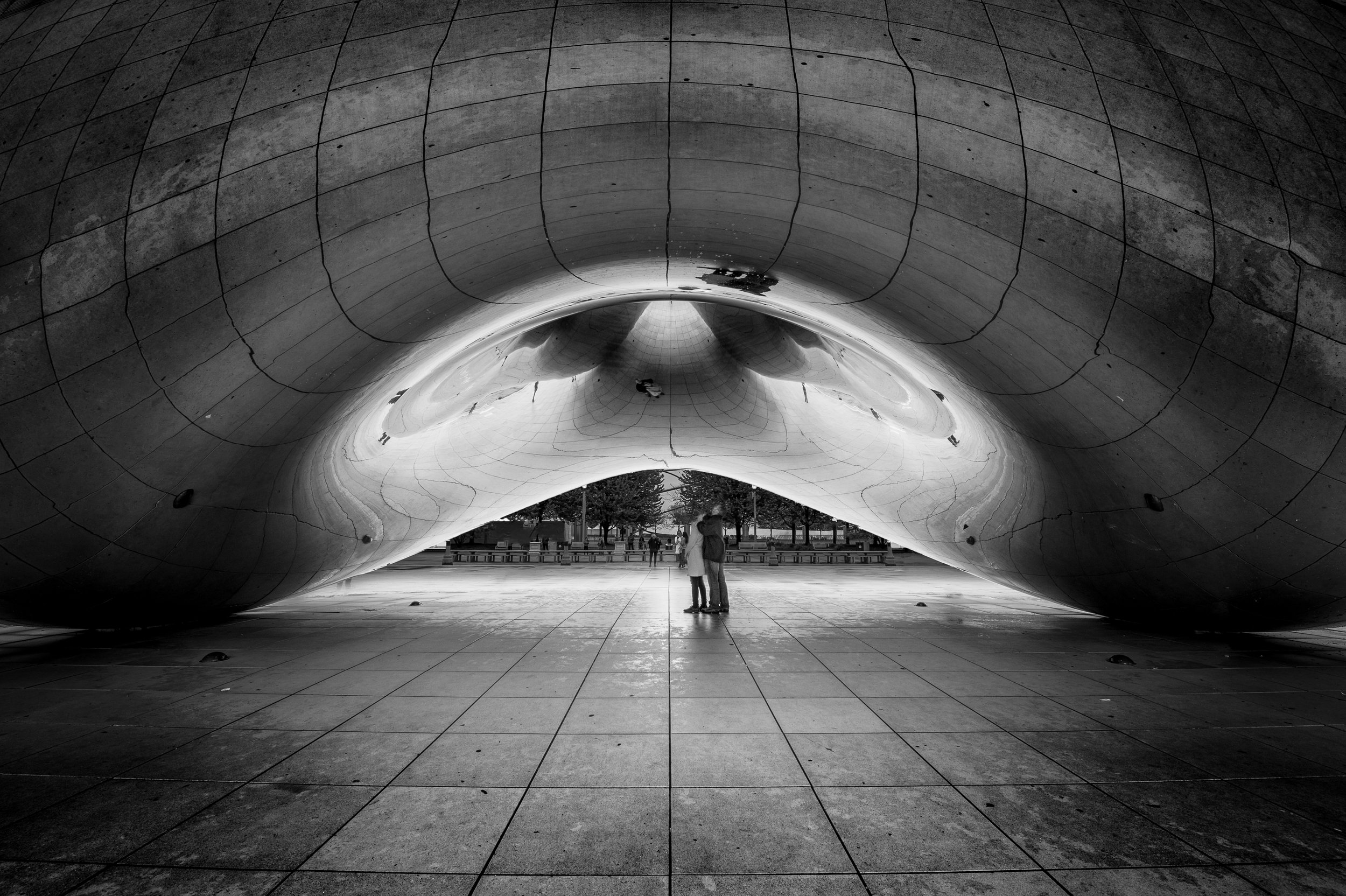Tenba Hybrid Roller 21
THE PROBLEM
As I got into my mid-40s, carrying all my gear in a backpack through airports, etc., became physically taxing. I’d get on location with my back aching, pop some Advil for a few days, groan through uncomfortable shoots, then repeat the arduous process on my way home. Traveling for photography wasn’t as fun anymore.
THE SOLUTION
I knew I needed a roller bag. I’d grown just a little envious of photographers who were easily pulling their gear behind them. However, I still wanted the flexibility to lift my gear onto my shoulders when I didn’t have a hard surface to roll on.
At Matt Hill’s suggestion, my answer came in the form of the Tenda Hybrid Roller 21. This versatile, weather-resistant bag is big enough to fit the cameras and lenses I bring on most photo trips:
two Nikon D5s
the Nikon 14-24mm f/2.8, 24-70mm f/2.8, 105mm f/2.8 micro, 80-200mm f/2.8 and Irix 11mm f/4 lenses
a bag of flashlights, filter wallet, loupe and folded ground cloth
I can zip the top closed, and be on my way, free of a full day of back strain.
The top flap holds a laptop and has pockets for accessories (such as the bottle of Advil I’m hardly using anymore), and on the side is a pocket and strap for securing a tripod.
When I can’t roll the bag, I zip open the back, pull out the two straps, and hoist the whole package on my shoulders for quick jaunts—as in, over a grass area in a park, or down a short trail, or in the airport when my hands are needed for pulling larger bags to check in.
THE BREAKDOWN
The Tenba Hybrid Roller 21 comes with a TSA lock and is small enough to qualify as a carry-on for U.S. and most international flights.
WHEN THIS IS NOT THE RIGHT TOOL
The Tenda Hybrid Roller 21 is not for backpacking—not even for day hikes. It’s not designed to be ergonomic, so it won’t be comfortable or suitable for long hauls. If you’re looking for a bag for that kind of experience, you’ll be better served by something designed for that specifically.
WHEN THIS IS THE RIGHT TOOL
The Tenda Hybrid Roller 21 is perfect for carting a moderate amount of gear to shoots in locations where your paths are hard: on city sidewalks, down office corridors, through airports and hotels, and so on.
This has become my go-to bag for traveling groan-free to national parks for shoots and workshops.



